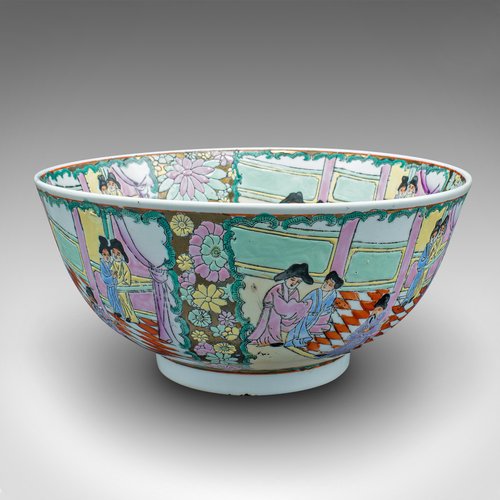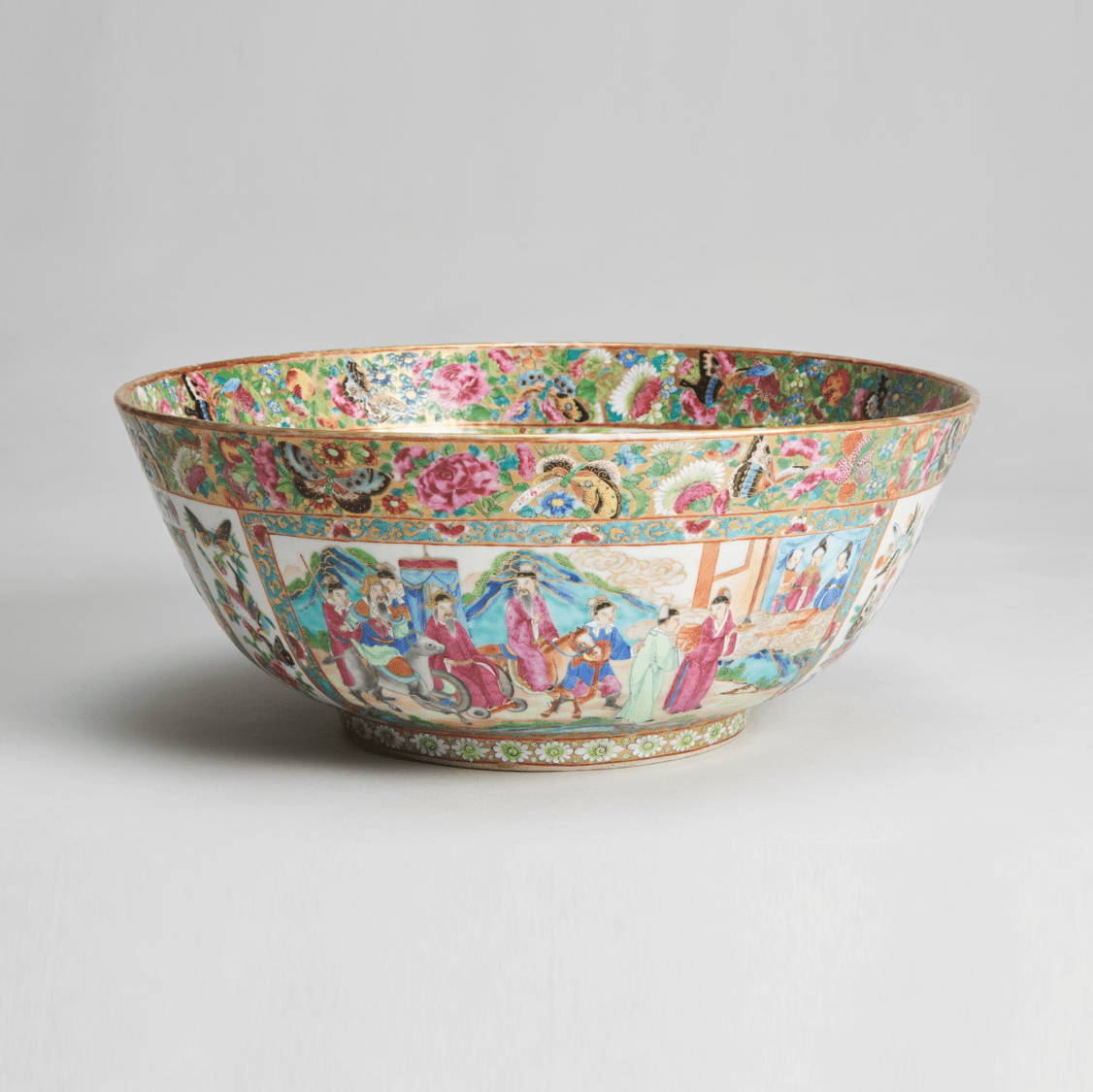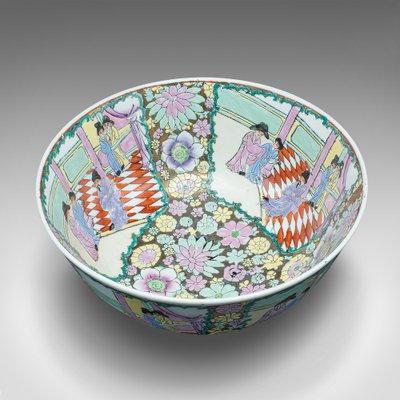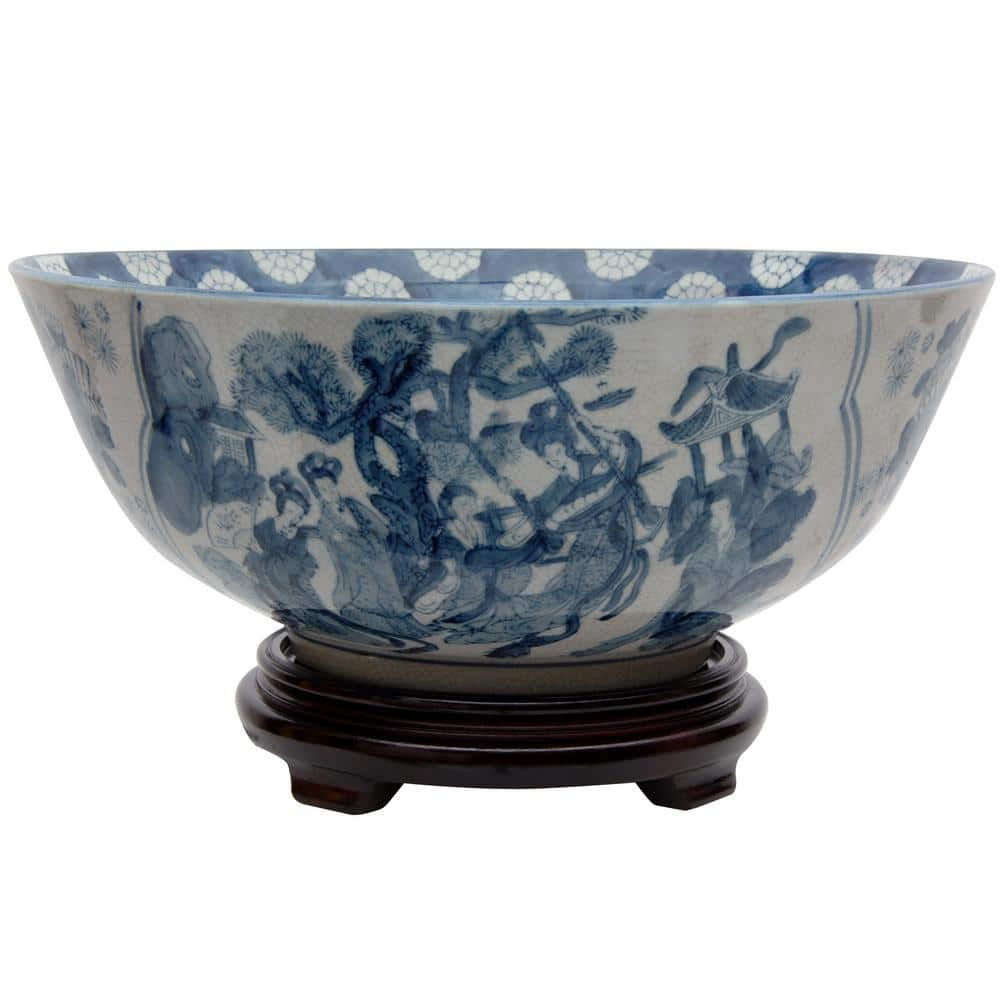Decorative bowls have long been cherished not only for their functionality but also for their aesthetic appeal. Among the most exquisite are Chinese decorative bowls, which showcase a rich tapestry of history, culture, and artistry. As an enthusiast of home decor, my personal journey with these bowls has revealed their unique ability to transform any space, offering both style and a sense of heritage.
The Allure of Chinese Decorative Bowls
Chinese decorative bowls are more than mere objects; they are storytelling pieces that reflect centuries of tradition and craftsmanship. In this section, we will explore the various styles, materials, and historical contexts of these beautiful bowls.
A Brief History of Chinese Decorative Bowls
The history of Chinese ceramics dates back over 20,000 years, but decorative bowls as we recognize them today began to emerge during the Shang Dynasty (1600–1046 BC). During this time, artisans experimented with glazes and firing techniques, leading to the stunning blue and white porcelain that would become synonymous with Chinese ceramics.
Materials Used in Chinese Decorative Bowls
Chinese bowls are crafted from various materials, each offering a distinct look and feel. The most common materials include:
- Porcelain: Known for its delicate beauty and translucence.
- Stoneware: Durable and often featuring earthy tones.
- Wood: Carved bowls that bring warmth and natural elegance.
- Bamboo: Lightweight and often intricately woven.
Types of Chinese Decorative Bowls
When it comes to types of Chinese decorative bowls, variety is truly the spice of life. Let’s delve into some of the most popular types:
1. Blue and White Porcelain Bowls
Blue and white porcelain bowls are iconic, featuring intricate blue designs on a white background. They originated in the Ming Dynasty and are often considered a symbol of wealth and status.
2. Cloisonné Bowls
Cloisonné bowls are characterized by their vibrant colors and intricate patterns created using a technique that involves metal wires to create compartments filled with enamel.

3. Celadon Bowls
Celadon bowls are known for their distinctive green glaze that showcases the beauty of the clay underneath. They carry a serene and sophisticated aesthetic.
4. Lacquered Bowls
Lacquered bowls, often made of wood, feature a glossy finish and are sometimes adorned with painted designs or gold leaf, adding a touch of luxury.

Comparison Table: Types of Chinese Decorative Bowls
| Type | Material | Characteristics | Best Use |
|---|---|---|---|
| Blue and White Porcelain | Porcelain | Intricate blue designs on white | Display, table settings |
| Cloisonné | Metal and enamel | Vibrant colors, intricate patterns | Decorative pieces |
| Celadon | Stoneware | Serene green glaze | Serving dishes, decor |
| Lacquered | Wood | Glossy finish, decorative design | Centerpieces, art displays |
How to Incorporate Chinese Decorative Bowls into Your Home
Now that we’ve explored the different types of Chinese decorative bowls, let’s discuss how to integrate these striking pieces into your home decor seamlessly.

1. Use as Centerpieces
Placing a decorative bowl on your dining or coffee table can serve as a stunning centerpiece. Consider filling it with seasonal fruits or decorative stones for added visual interest.
2. Display on Shelves or Mantels
Showcasing your decorative bowls on open shelves or mantels can create an inviting and sophisticated atmosphere. Pair them with books or other decorative items for an artful arrangement.

3. Wall Displays
For a unique approach, consider hanging smaller bowls on the wall. This can create a striking focal point and add dimension to your decor.
4. Functional Use
Some bowls can still serve functional purposes. Use them to hold keys, potpourri, or other small items around your home.

Care and Maintenance of Chinese Decorative Bowls
Caring for your Chinese decorative bowls is essential to maintain their beauty and longevity. Here are some tips:
1. Cleaning
Use a soft, damp cloth to clean your bowls, avoiding harsh chemicals that could damage the finish. For porcelain, a gentle soap solution can be used if necessary.

2. Avoiding Direct Sunlight
Prolonged exposure to sunlight can fade the colors of your bowls. Display them in areas with indirect light whenever possible.
3. Temperature Changes
Extreme temperature changes can cause materials to crack. Avoid placing your bowls in areas with high heat or cold drafts.

Pros and Cons of Collecting Chinese Decorative Bowls
As with any collectible item, there are pros and cons to consider:
Pros
- Timeless aesthetic that adds elegance to any decor.
- Variety of styles and sizes to fit any space.
- Rich history and cultural significance.
Cons
- Fragility, especially with porcelain and cloisonné.
- Authenticity issues with reproductions in the market.
- Can be costly, especially for rare pieces.
Where to Buy Chinese Decorative Bowls
If you’re looking to add these beautiful pieces to your collection, here are some great places to shop:
1. Antique Stores
Antique stores often have genuine vintage pieces with character and historical significance.
2. Online Retailers
Websites like eBay, Etsy, and specialized Asian art retailers offer a vast selection of new and vintage bowls.
3. Art Galleries
Local art galleries or exhibitions may feature Chinese decorative bowls made by contemporary artisans.
FAQs about Chinese Decorative Bowls
1. What are the most popular materials for Chinese decorative bowls?
The most popular materials include porcelain, stoneware, wood, and bamboo. Each brings a different aesthetic and tactile quality to the bowls.
2. How can I tell if a Chinese bowl is authentic?
Look for markings, patterns, and overall craftsmanship. Researching the specific style and comparing it with recognized examples can also help ensure authenticity.
3. Can I use Chinese decorative bowls for food?
While some bowls are made for food use, many decorative bowls are not food-safe due to the glazes used. Always check for safety labels if you intend to use them for serving food.
4. How do I care for my Chinese decorative bowls?
Clean them with a soft cloth, avoid harsh cleaning chemicals, and keep them out of direct sunlight to preserve their colors and integrity.
5. Are Chinese decorative bowls good for gifting?
Absolutely! These bowls make thoughtful gifts, especially for those who appreciate art, culture, and home decor.
Conclusion
Chinese decorative bowls combine elegance, history, and cultural significance, making them a worthwhile addition to any home. Whether you choose to use them as functional pieces or as a beautiful display, their charm is undeniable. As you embark on your journey of collecting or incorporating these pieces into your decor, remember to appreciate the artistry and craftsmanship that has gone into each bowl.
Happy decorating!